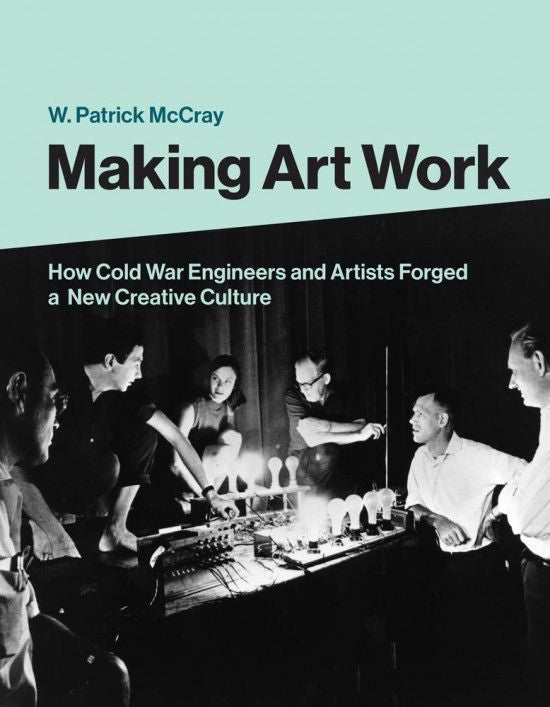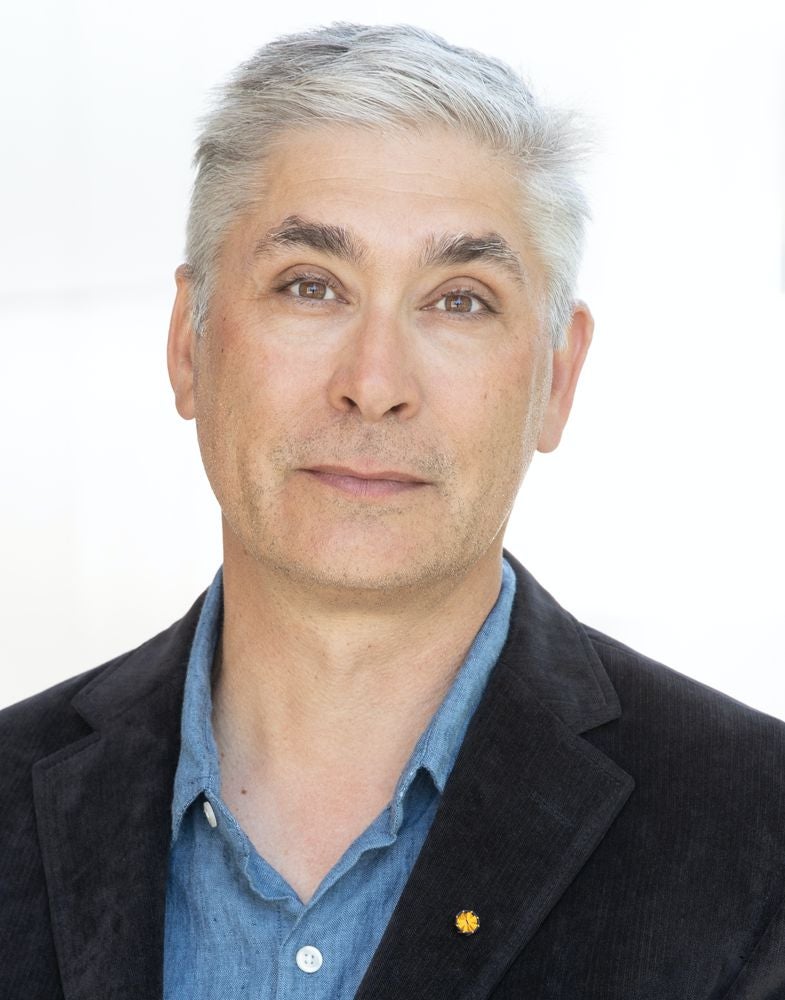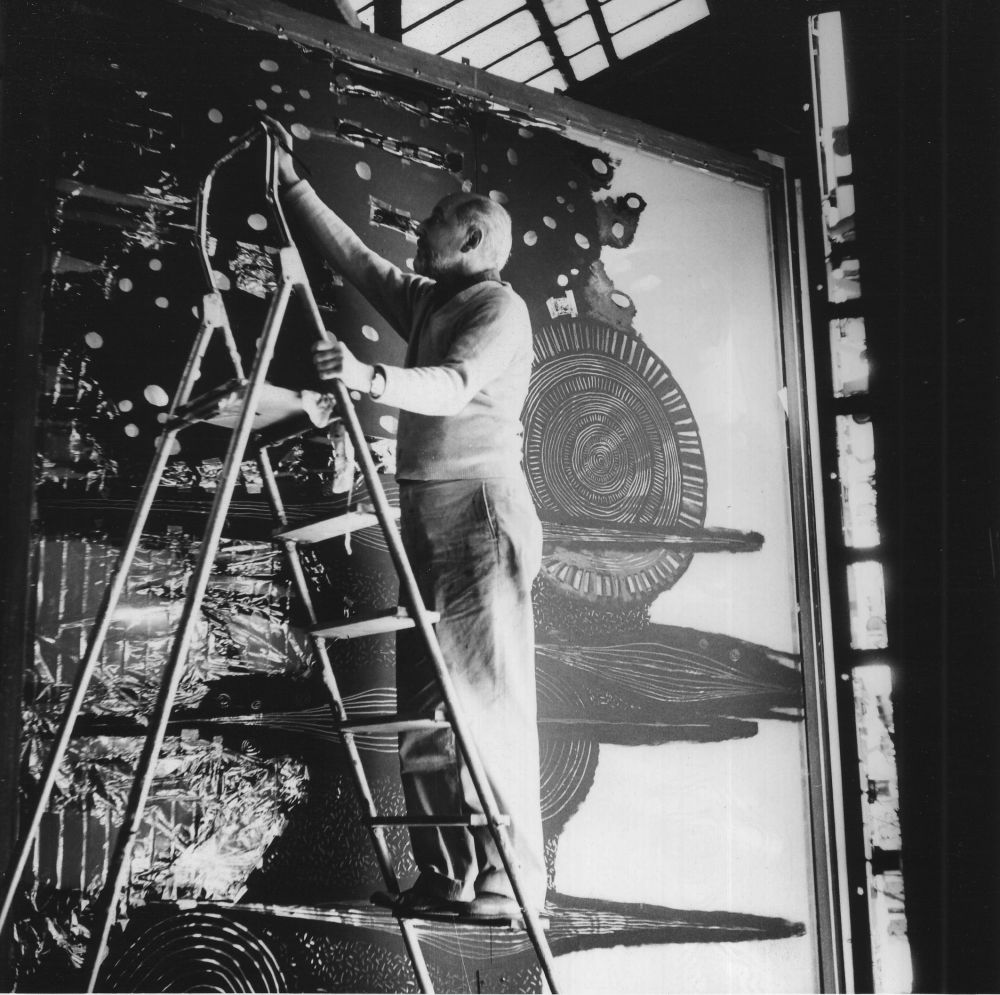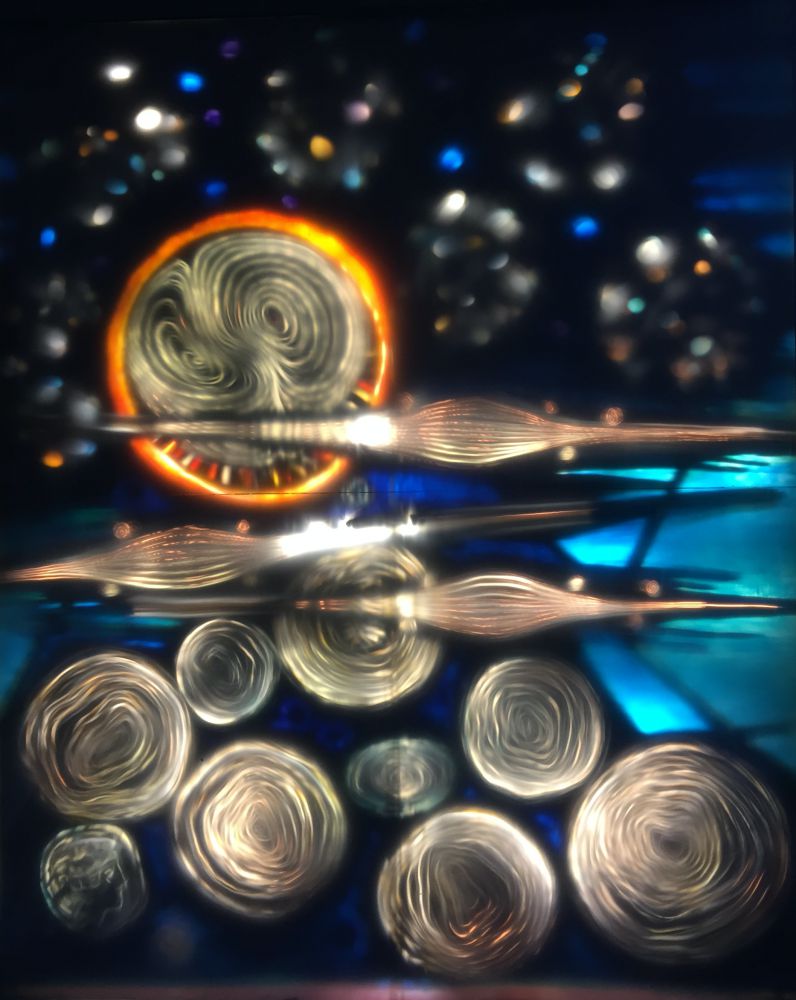Making the Scene


When we see aliens riding flying lizards in the movie “Avatar,” we’re watching the marriage of art and technology. Such digital wizardry is so common these days we take it for granted.
W. Patrick McCray would like to remind you that just a few decades earlier, artists and engineers began to step outside their separate spheres to collaborate in ways that would set the stage for the creative alchemy that now touches most every facet of our lives.
In “Making Art Work: How Cold War Engineers and Artists Forged a New Creative Culture” (MIT Press, 2020) McCray, a professor of history, explores how the 1960s became a hotbed of collaboration between creatives and the pocket-protector set.
McCray, one of the country’s leading scholars in the history of science, noted that artists and engineers moved in wholly different circles at the outset of the ’60s.
“I think one of the things that separates today from 60 years ago is that the boundaries between artists and engineers were much, much more clear, and the divide between them was probably much greater,” he said. “And one of the points of the book was to show how that gap between communities was bridged in different ways, both in the United States, as well as overseas.”
A confluence of circumstances — especially a booming economy — allowed companies to support the creative impulses of their employees. Scientists and engineers aren’t generally known for their art, but McCray said they share some key traits with artists.
“Both groups are very creative, but they have different approaches to creativity,” he said. “But if you think about it, engineers and artists have a similarity in that they both work with physical materials to make stuff. So there’s a creative process that both communities engage in.”
One of the more fascinating figures from the era was Frank Malina, an aeronautical engineer who became a well-regarded artist after World War II. As McCray recounts, Malina arrived at the California Institute of Technology (Caltech) from Texas in 1934 and soon began researching and building rockets.
With his mentor, the Hungarian-born engineer Theodore von Kármán, he founded rocket maker Aerojet and, later, Jet Propulsion Laboratory. Aerojet would make him rich. By 1946 Malina’s distaste for the military industrial complex and Cold War suspicions about his interest in Communism in the ’30s led him to become a full-time artist.
Initially a painter, Malina eventually turned to electromechanical kinetic art, a genre that allowed him to meld his skills as an artist and an engineer. One of his most ambitious works, “Cosmos,” completed in 1965, was a massive work of lights and motors intended to capture an astronaut’s view of the universe.
McCray also highlights the contributions of Swedish-born engineer Billy Klüver, who established the group Experiments in Art and Technology (E.A.T). At schools ranging from MIT to Caltech, engineers engaged with such figures as artist Gyorgy Kepes and celebrity curator Maurice Tuchman.
Much of what fascinated McCray about this era wasn’t the works produced but the processes and collaborations behind them.
“I think the people that I write about, they were quite explicit in many cases that they also were not interested in the outcome of these collaborations,” he said. “They were interested in the collaborations themselves. I would even go so far as to say that the collaboration was the artwork, but it was that creative process of bringing different communities together to make something.”
By the early ’70s the world of engineers-as-artists was in precipitous decline. The economy was in bad shape and the companies that embraced the movement were laying off huge numbers of their workforce. Those companies were also, largely, involved in the defense industry, which had fallen out of favor as the Vietnam War dragged on.
One of the death knells, McCray said, was a “notorious” exhibition at the Los Angeles County Museum of Art in ’71. A number of the companies associated with it were defense contractors, which drew the wrath of antiwar protestors. Even worse, he said, was that the exhibition lacked women and people of color.
“You might’ve been able to get away with that in ’66, but by ’71 that simply wasn’t tenable,” he said. “Like I say in the book, some of these early ideas for art and technology were sort of the movement’s Woodstock. This was sort of Altamont.”
But, like rock ’n’ roll, the marriage of tech and art survived — and thrived. The proof, McCray said, is all around him.
“A lot of critics of art and technology circa 1970 kind of branded the whole thing as a failure,” he said. “You had this wave of enthusiasm that then kind of trickled off. And as I looked around our campus, as I looked around the UC system, as I looked at other schools, it was kind of hard for me to see it as a failure because you had so many formal programs and centers and departments.”
UCSB, in fact, has its Media Arts and Technology program, which offers master’s and Ph.D. degrees. The collaborations between artists and engineers of the ’60s might have passed out of fashion, McCray said, but they laid the groundwork for the wonders of today.
“These things created a seed around which institutions and an infrastructure could be built,” he said. “And the fact that we have this whole thriving program at UCSB that does this sort of stuff I think is part of that legacy.”





